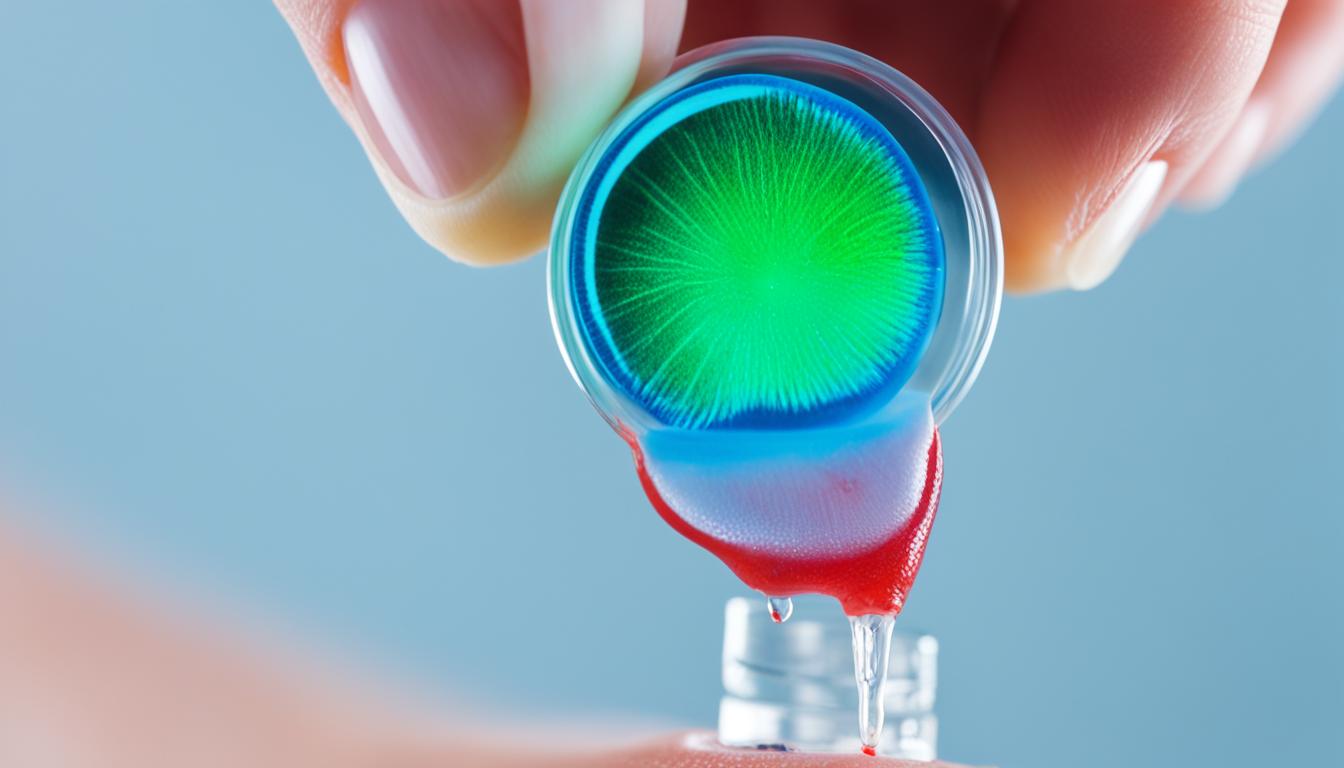Toenail fungus, known medically as onychomycosis, is a widespread issue around the world. It causes nails to change color, thicken, and often become damaged. This condition not only looks bad but can also be uncomfortable and embarrassing for those with it. It’s especially concerning for people with diabetes and poor blood circulation.
There are several ways to treat toenail fungus. You can use special creams or ointments right on your nails, or take pills that fight the fungus from inside your body. Laser and light therapies are also options to get rid of the infection. Some may even need surgery to remove the nail, take supplements, or try plasma therapy.
New methods for fighting toenail fungus are being studied, including stem cell therapy. This treatment could help grow healthy nail tissue and get rid of the fungus for good.
The right treatment for toenail fungus depends on how severe it is, what you prefer, and your budget. It’s best to talk to a doctor to choose the treatment that’s right for you.
Key Takeaways:
- Toenail fungus, or onychomycosis, is a widespread problem. It causes nails to change color, thicken, and get damaged.
- Those with diabetes and poor blood circulation are more at risk for toenail fungus problems.
- You can treat toenail fungus with ointments, pills, laser therapy, or even surgery. There are also new treatments like stem cell therapy.
- Deciding on the best treatment depends on how well it works, side effects, what’s practical, and the cost.
- Seeing a healthcare professional is key for a proper diagnosis and treatment plan that fits your needs.
Symptoms and Causes of Toenail Fungus
Toenail fungus, also known as onychomycosis, comes with several symptoms. These signs could affect both how your toenails look and their health. Knowing these symptoms is key to catching the issue early and getting treatment quickly.
Symptoms of Toenail Fungus
Most people with toenail fungus notice:
- Discolored nails: Infected nails usually change to yellow, brown, or white. This might start small but can spread and get darker over time.
- Thick nails: Nails might get thicker than normal. They could also lose their typical shape. Such nails are hard to cut and might hurt or feel strange.
- Cracked nails: Infected nails are often fragile and might break or fall apart easily. This can make the nails more prone to getting infected again.
- Nail separation: Infected nails might pull away from the nail bed. This can cause pain, bad smells, and liquid to gather under the nail.
Remember, symptoms of toenail fungus can differ between people. Also, how bad the infection is can change how symptoms show up.
Causes of Toenail Fungus
Toenail fungus usually starts with fungi called dermatophytes. They like warm, moist places. These fungi can get in through small cuts or cracks in the skin around the toenails.
There are several things that can raise your chance of getting toenail fungus:
- Not keeping your feet clean and dry enough. This lets fungus grow.
- Being barefoot in areas like public showers, gyms, and pools. These spots often have fungus.
- Using the same nail clippers or files as someone with a fungal infection can pass it on to you.
- Hurting your toenails, such as by stubbing them or having something press on them a lot, can lead to a fungal infection.
- Some health issues, like diabetes, poor blood flow to the legs, and a weak immune system, can make you more likely to get toenail fungus.
Understanding what toenail fungus looks like and how you can get it helps. It lets people take steps to prevent it and know when to get help treating it.
Diagnosis, Treatment, and Prevention of Toenail Fungus
Diagnosing toenail fungus, known as onychomycosis, needs tests in a lab. Eyeballing nail clippings under a microscope is a common method. This finds the fungal creatures, allowing for the right treatment.
Early spotting is key to stop the infection from spreading and harming the nails more.
Several treatments can help fight fungal infections in nails. Doctors often prescribe oral antifungal meds. For tough cases, surgery to remove the nail might be needed.
Another option is laser therapy. It aims light energy at the fungus, leaving healthy tissue unharmed.
Working to prevent toenail fungus is vital. Clean, dry feet are a must. Changing socks often, especially after sweating, helps. Avoiding bare feet in public areas and not sharing grooming tools also cuts risks.
But, fungus can come back even with proper care. People with certain health issues might face this more.
Living healthy, with regular exercise and a good diet, is your best bet. This keeps your nails strong and may help lower the chance of getting toenail fungus again.

